Heat stroke is caused by prolonged loss of salt and water, accompanied by overload of the body's thermoregulatory center. It is a severe form of heat stroke, occurring when body temperature reaches 40 degrees Celsius or higher.
According to Dr. Nguyen Viet Hau - Head of the Emergency Department, University of Medicine and Pharmacy Hospital, Ho Chi Minh City, heat stroke has a mortality rate equivalent to heart stroke or brain stroke. Prolonged hyperthermia will cause damage to the cardiovascular system, respiratory system, liver, kidney and especially the nervous system with symptoms such as: headache, dizziness, nausea, drowsiness, impaired perception, convulsions and even coma.
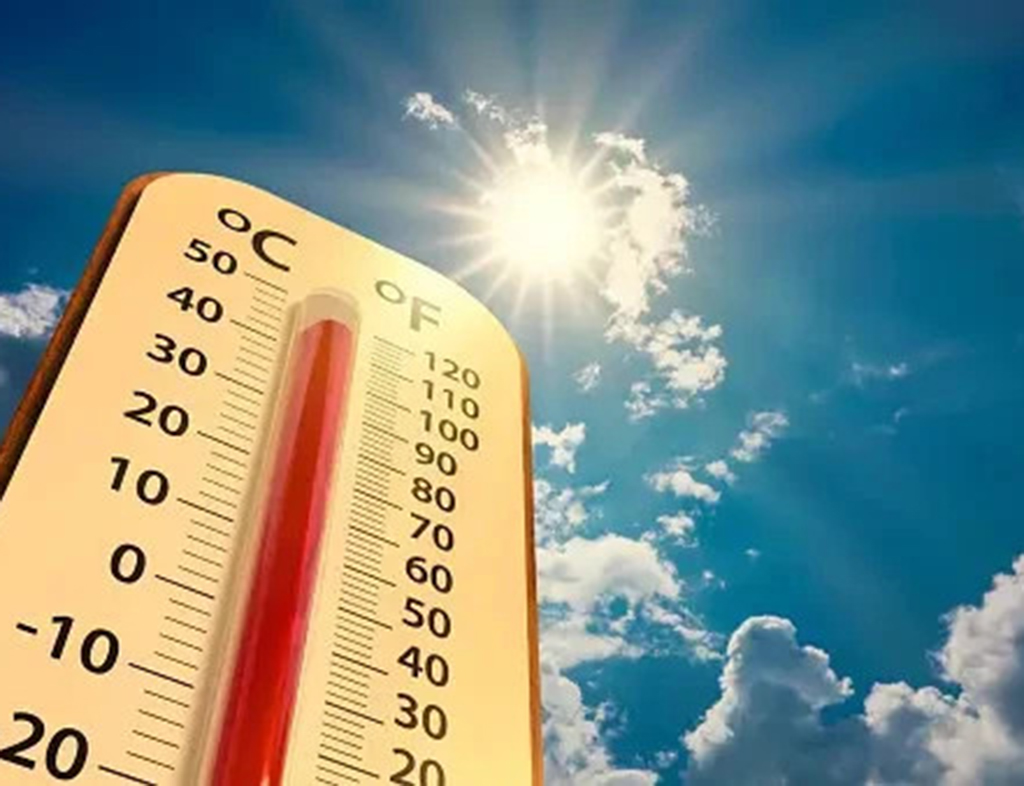
When the temperature is high, we should pay attention to outdoor activities.
Doctor Viet Hau said that when you see symptoms of heat stroke, you should give temporary first aid as follows:
- Let the victim lie with his head low.
- Move away from the hot area.
- Cool the victim by using a fan or immersing the victim in cool water for a few minutes.
- Use a towel soaked in cold water or ice to apply to areas of the body with many blood vessels such as the forehead, back, armpits, groin...
- At the same time, call the emergency department to transfer the patient to the hospital immediately.
In terms of symptoms, the obvious difference between heat stroke and heat exhaustion is that heat stroke causes damage to your body's thermoregulatory system, which means you can't sweat anymore, so your skin becomes hot and dry. In heat exhaustion, you still sweat a lot, so your skin becomes cold and clammy.
Besides heat stroke, we also often encounter other complications such as fainting and heat exhaustion.
Heat stroke
Doctor Viet Hau said that fainting due to heat is common in people who travel in the summer, have to go out in the sun, climb mountains, move a lot, do military training... which causes loss of salt and water. At a certain stage, the loss of salt and water is too much, if not replenished promptly, it will cause the amount of water in the blood vessels to decrease, blood pressure to drop, especially in a standing position, reducing blood flow to the brain, causing fainting. At this time, it is often accompanied by other symptoms such as: confusion, dark urine, dizziness, lightheadedness, headache, nausea, vomiting, diarrhea...
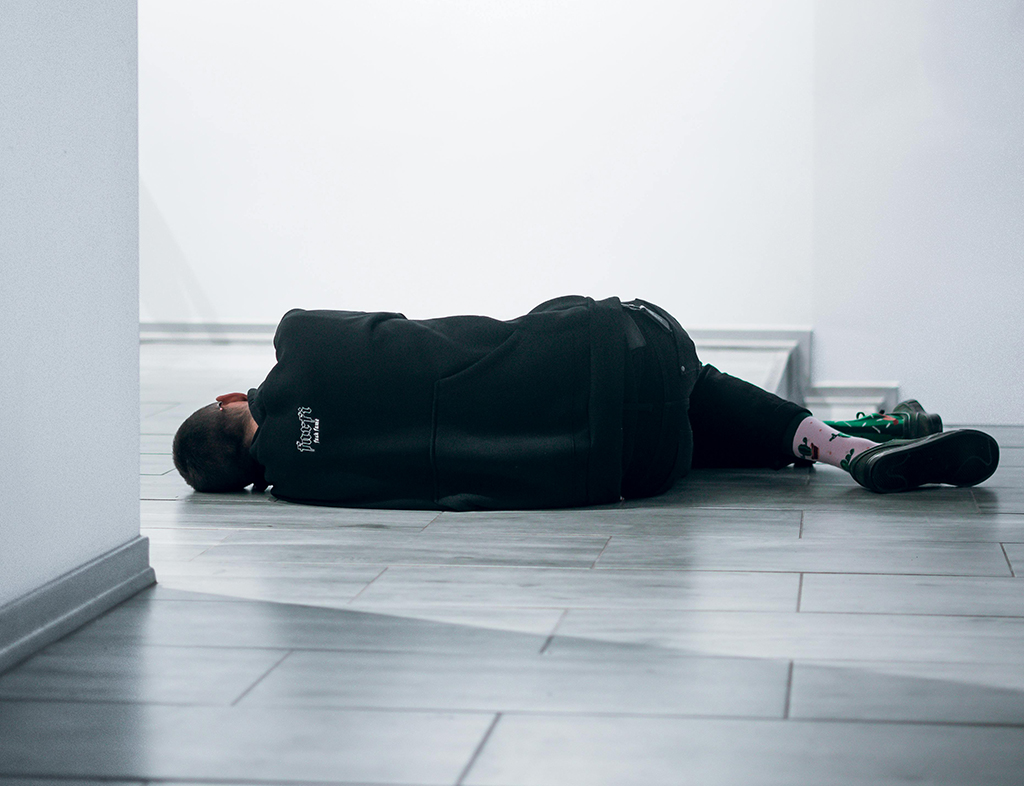
Being out in the hot sun for a long time can lead to fainting.
We can give first aid to someone who has fainted due to heat as follows:
- Lie down with your head low.
- Move to fresh air.
- Loosen up your clothes.
- Rehydration with mineral salts.
- Monitor for about 30 minutes, if stable then no need to go to hospital.
Heat exhaustion
The main cause is the loss of salt and water that lasts longer than the above situations. The victim sweats a lot, feels cold, has cold and wet skin, rapid pulse, headache, dizziness, nausea, vomiting, cramps, fatigue, fainting... If we give first aid promptly, such as temporarily stopping activities and moving the victim to a cool place, it will help the body recover. If the activity continues or the victim cannot move to another environment, it will cause heat stroke. This is the most severe form of the disease caused by increased temperature.
First aid for heat exhaustion is the same as mentioned above, but you need to monitor more closely. In addition, we can use cold towels to apply to areas of the body with many blood vessels such as the forehead, back, armpits, groin... to absorb heat quickly, helping the body to release heat faster, try to make the victim drink as much water as possible. If the symptoms do not improve within 30 minutes to 1 hour (headache, vomiting, more dizziness...), you should take them to the hospital.
Some points to note
According to Dr. Nguyen Viet Hau, to prevent conditions caused by hot weather or the changing of seasons, when exposed to sunlight for long periods of time or in high temperature environments, we should take the following measures:
- Wear long-sleeved, airy clothes, wear a wide-brimmed hat, and limit exposure to strong sunlight between 10am and 4pm. If you must work or operate in a high temperature environment, you should move to a cool place every hour, rest for about 15 minutes, then return to work.
- Be proactive in drinking water, don't wait until you're thirsty to drink. We should drink water containing minerals such as electrolyte solutions to treat diarrhea, lemon juice mixed with salt, sugar...
- In hot weather or during the changing seasons, you should pay more attention to respiratory diseases. The reason is that people tend to stay in air-conditioned rooms for too long, use strong fans or eat and drink cold or iced foods and drinks... Such activities unintentionally dry out the mucous membranes and mucus of the respiratory tract. This causes beneficial bacteria to die, creating favorable conditions for foreign viruses and bacteria to easily invade and cause diseases such as viral infections, upper respiratory tract infections...
- High environmental temperatures easily cause food to spoil, along with the strong development of disease vectors such as flies, mosquitoes, cockroaches... which can easily cause food poisoning, especially mass poisoning cases.
- When the temperature increases, it will lead to increased sweating and sebum secretion. Especially in children or the elderly with diseases that require prolonged bed rest, they are susceptible to bedsores, and fungi grow more in skin folds such as armpits, groin...
Source: https://thanhnien.vn/luu-y-cac-tai-bien-do-thoi-tiet-nang-nong-soc-nhiet-dot-quy-do-nhiet-1852405311515028.htm




![[Photo] Visiting Cu Chi Tunnels - a heroic underground feat](https://vstatic.vietnam.vn/vietnam/resource/IMAGE/2025/4/8/06cb489403514b878768dd7262daba0b)


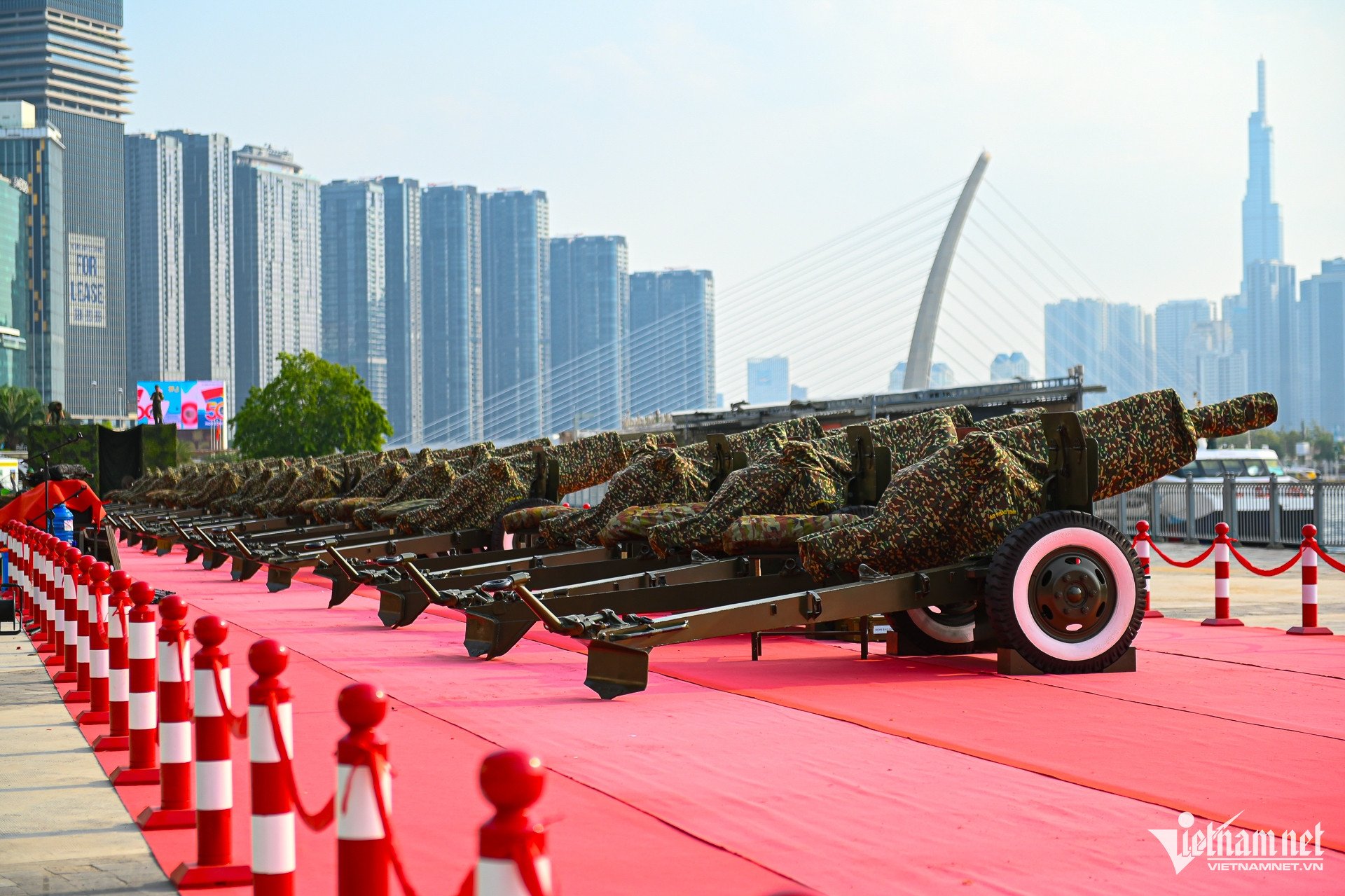
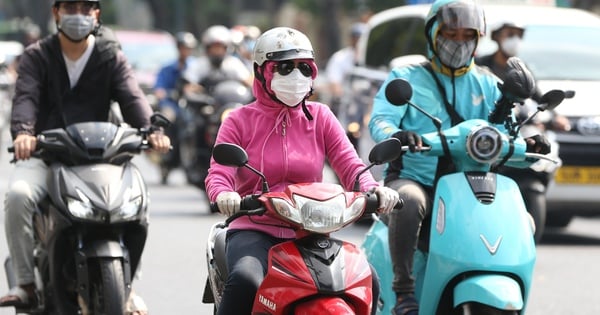


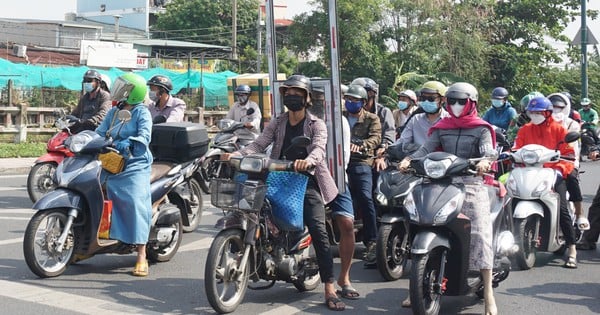
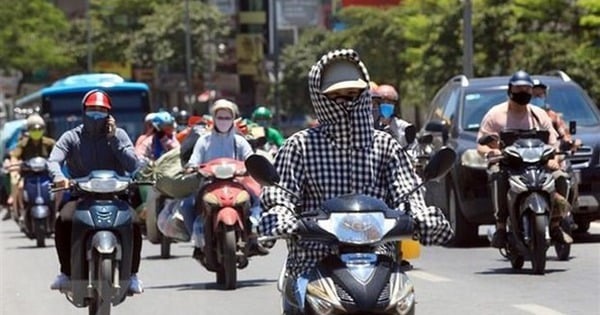
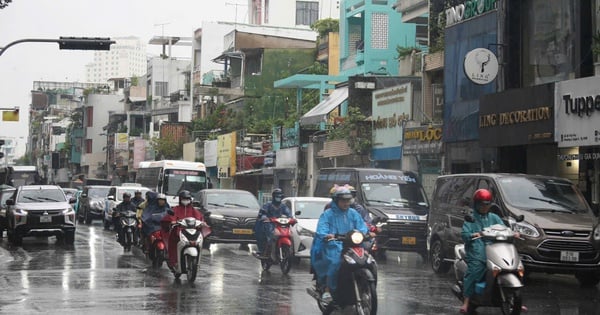
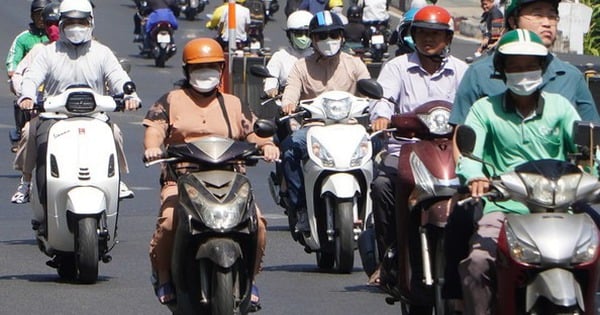
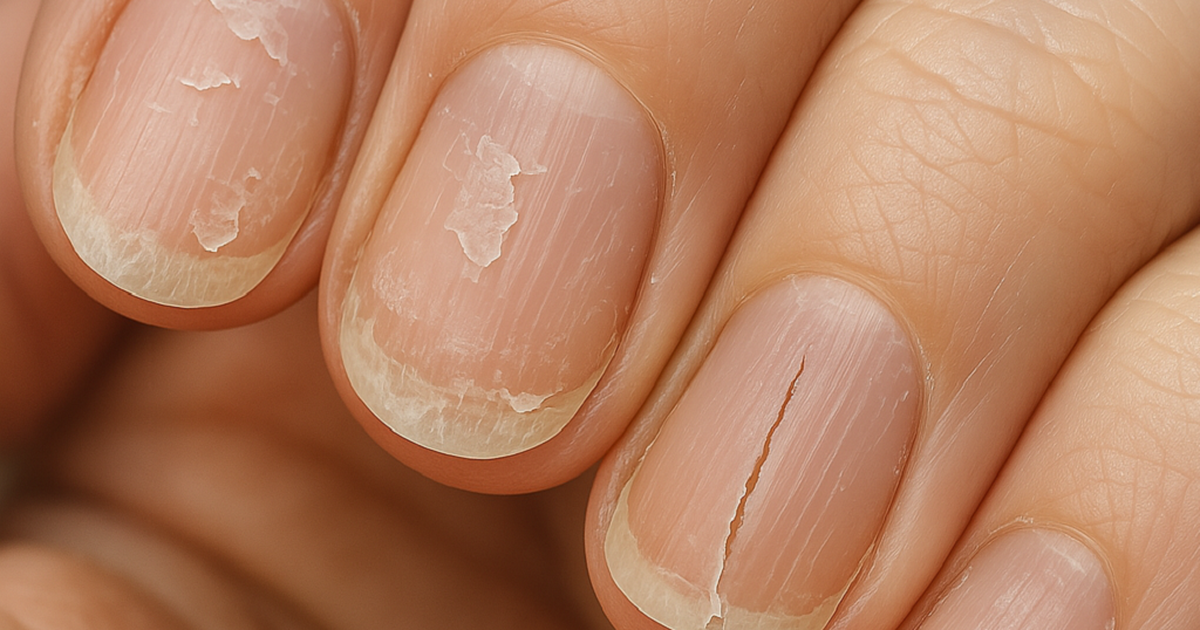
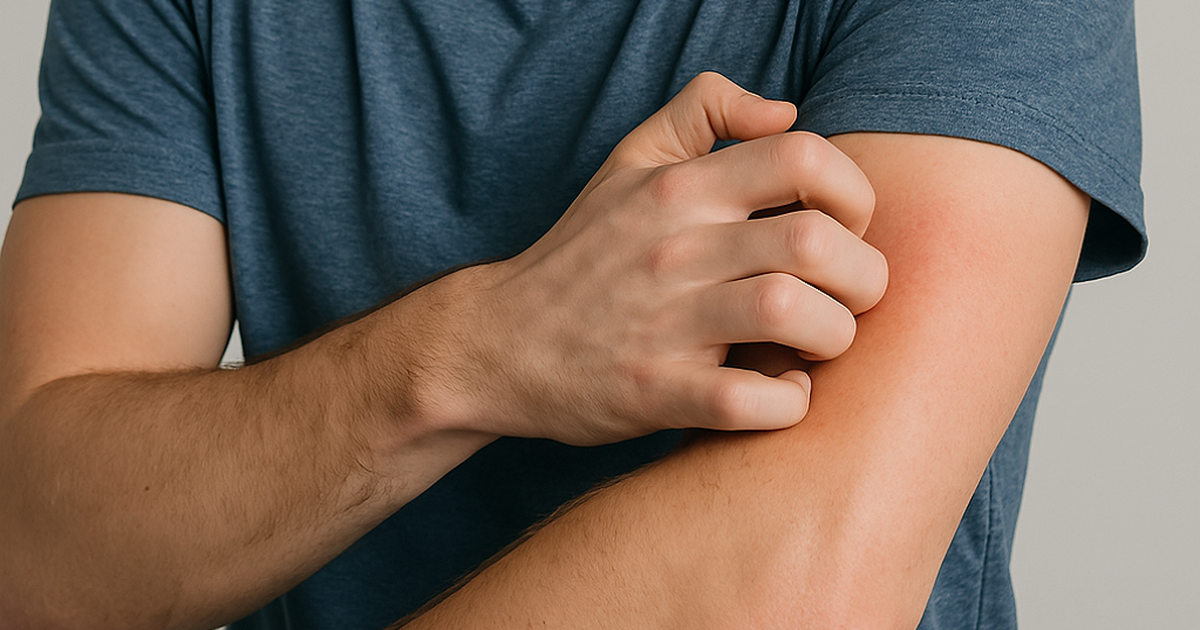
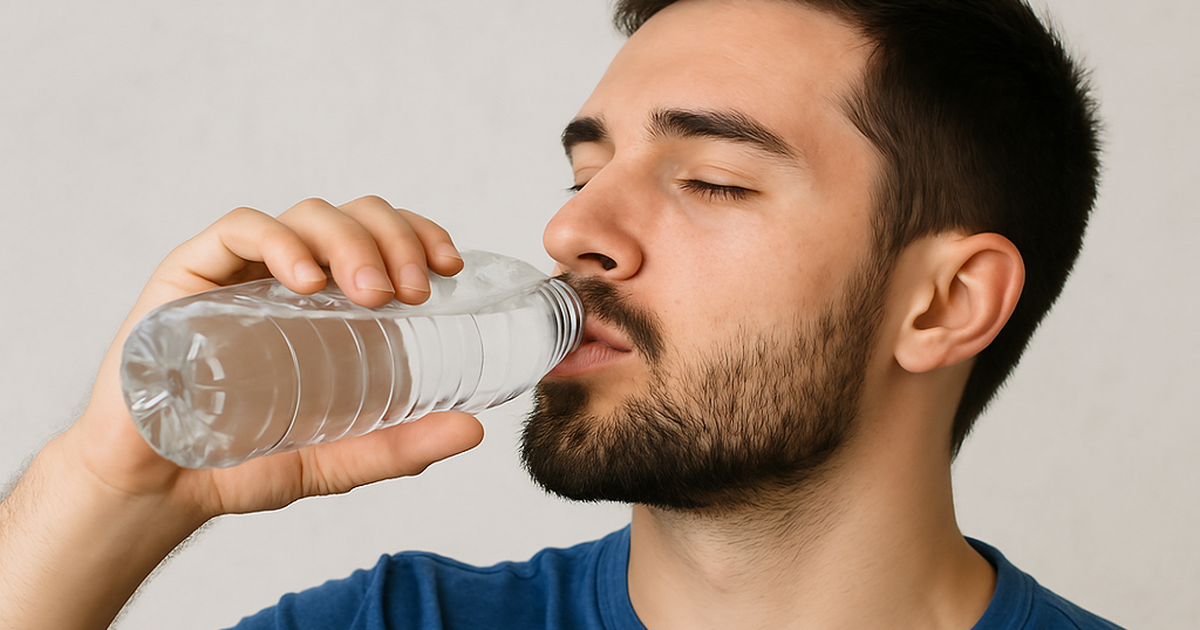

























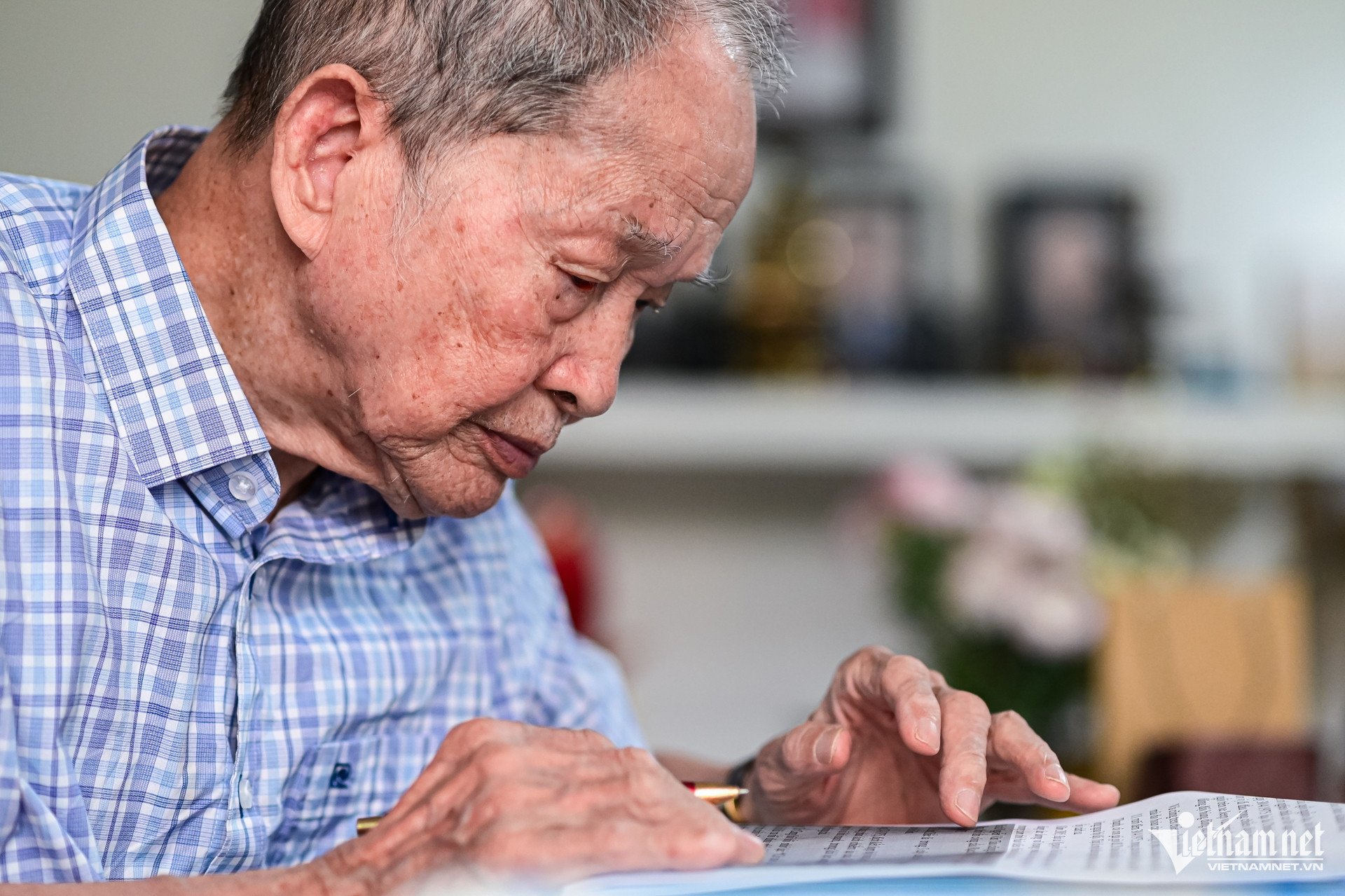















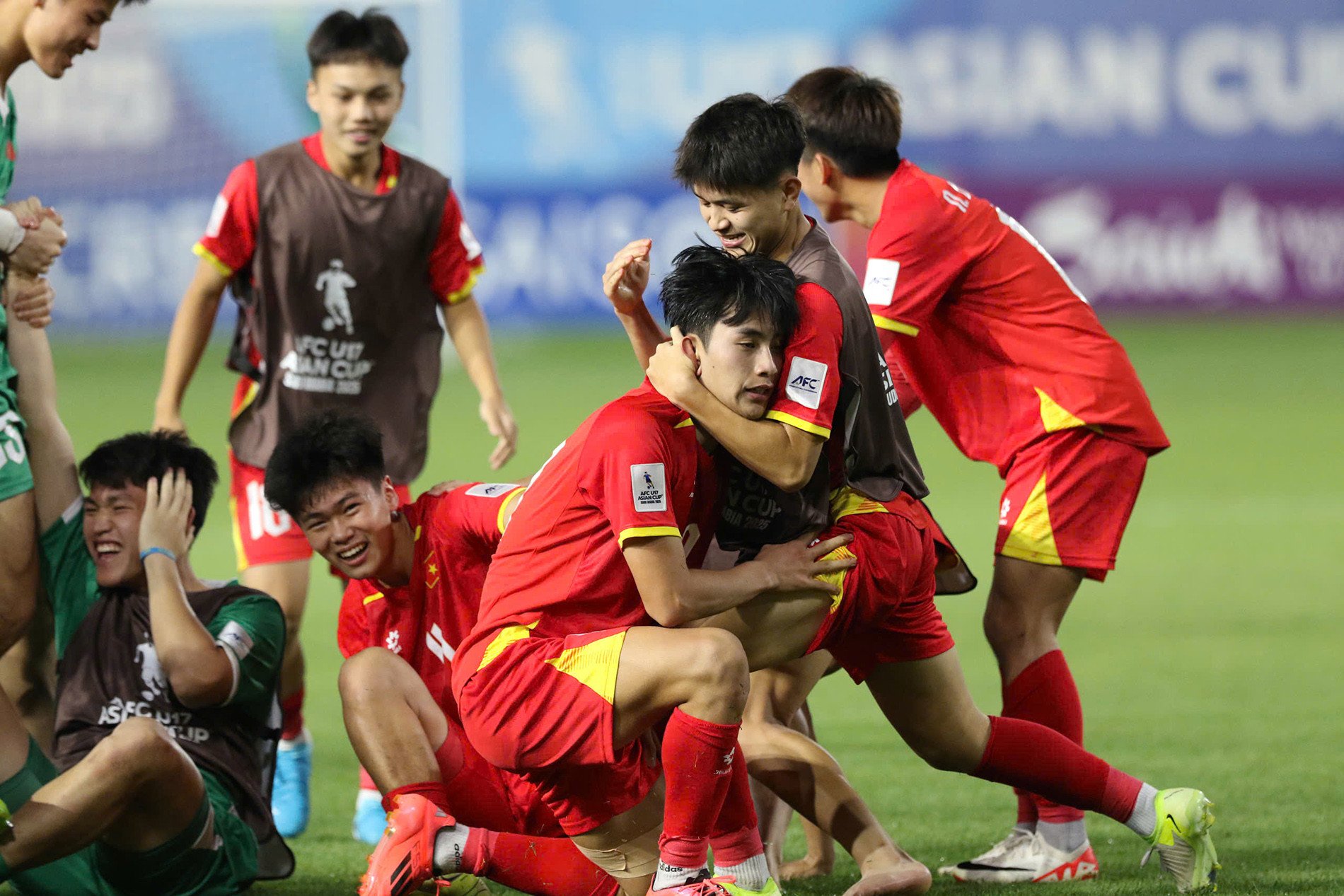










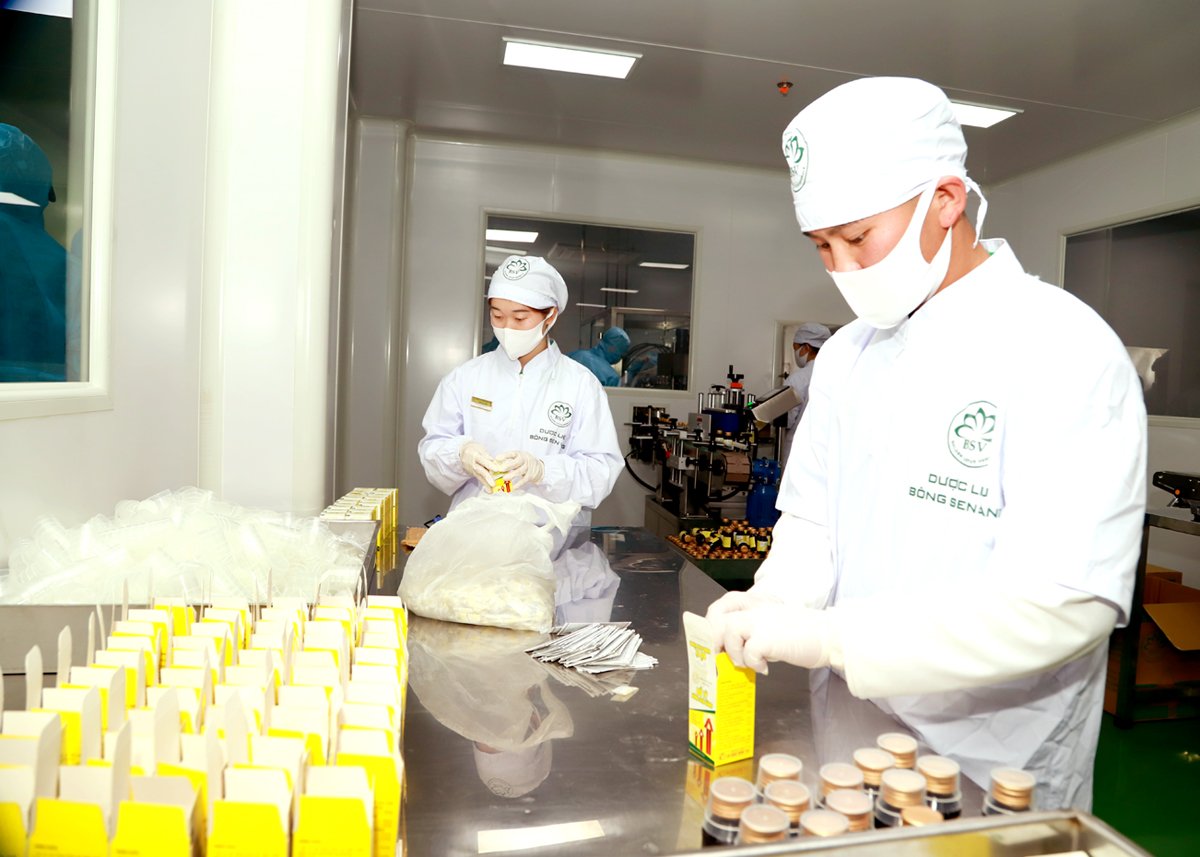
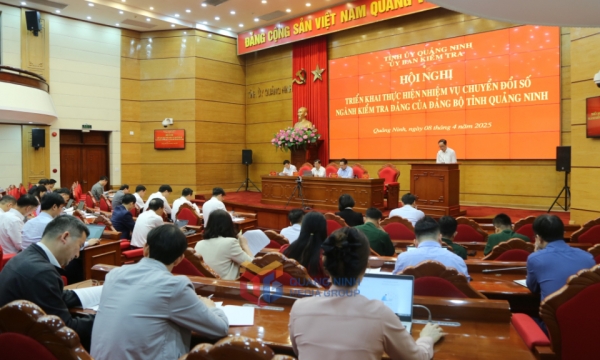







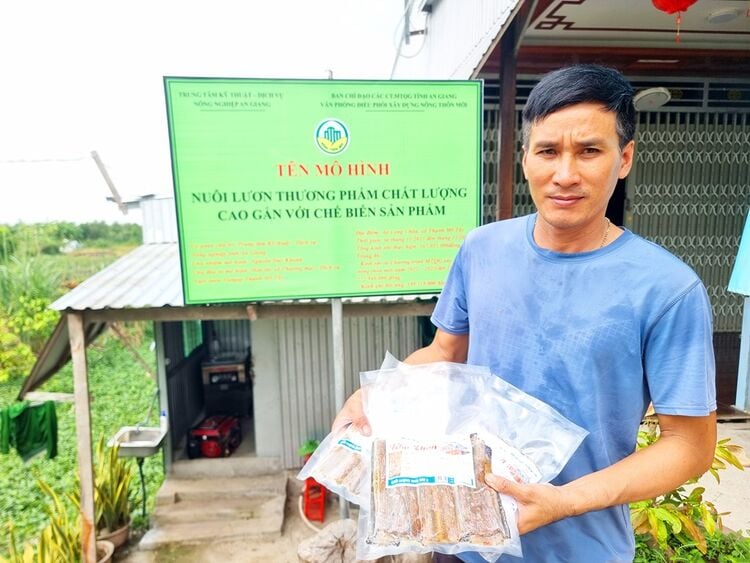
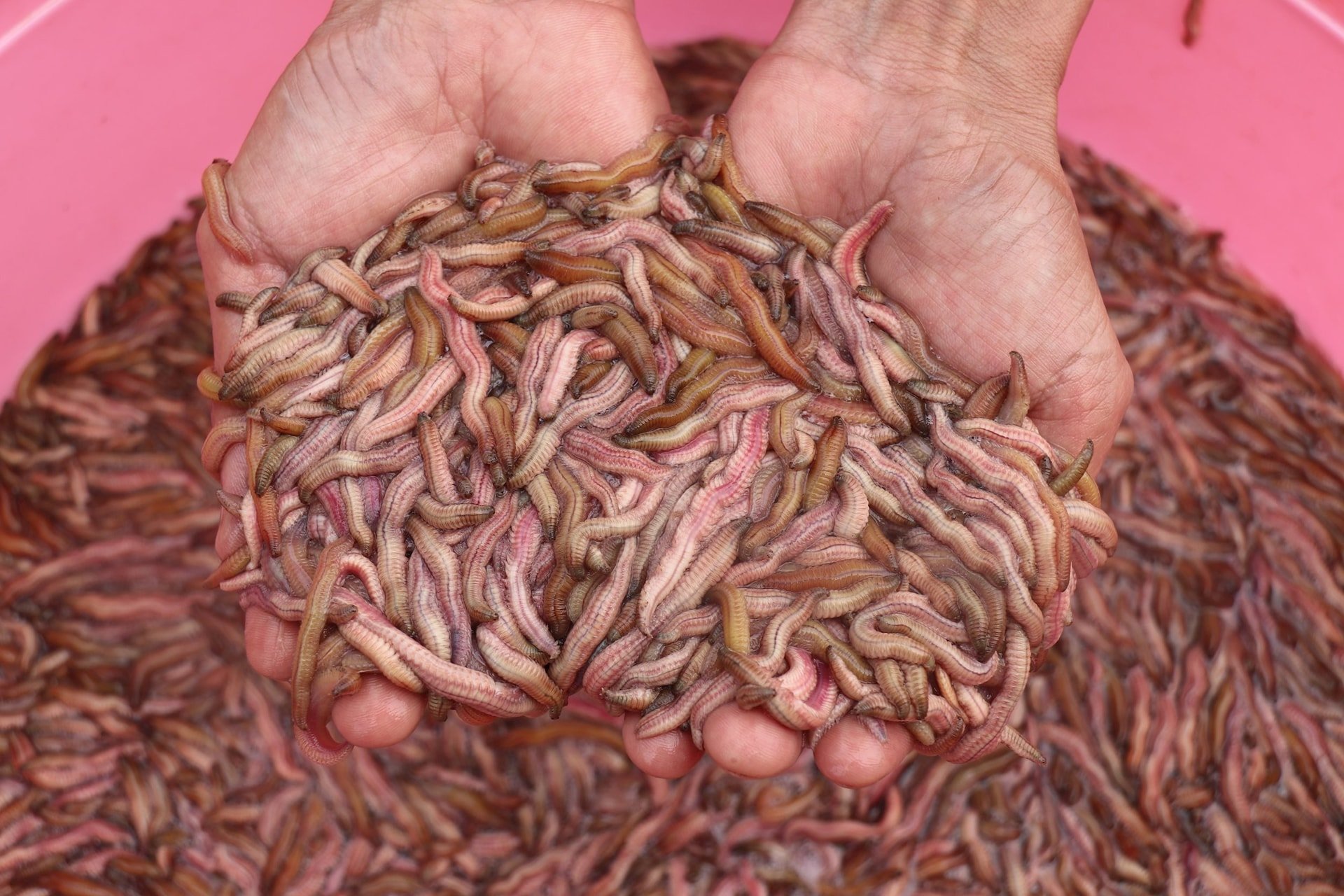
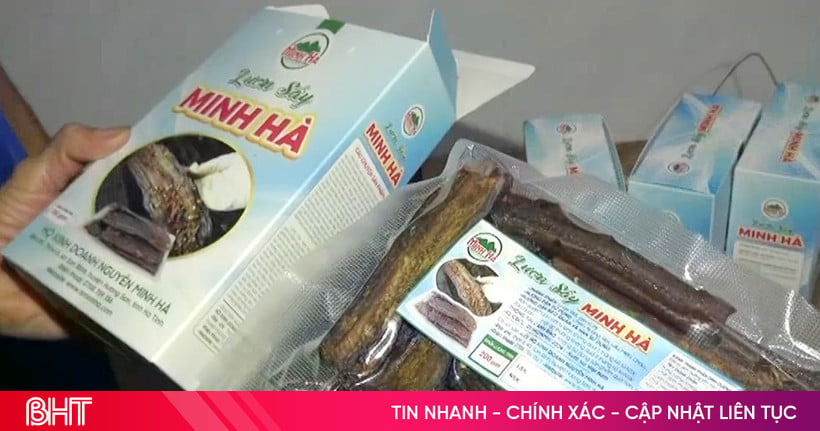



Comment (0)